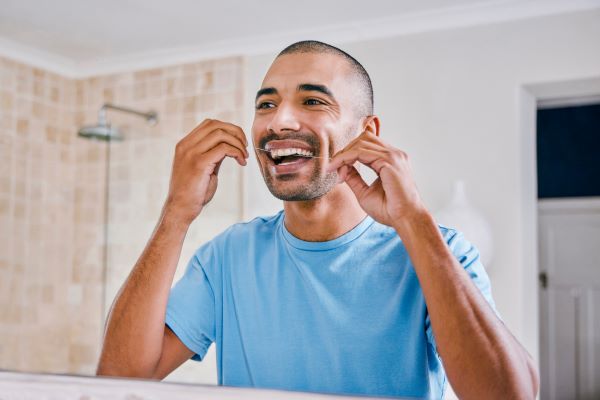-
Aussies are keen runners, according to the Medibank Better Health Index. In fact, nearly one in five adults (18.9%) jogged for exercise in the last three months, and 3.6% participated in marathons.
Keen runner? What you should know about pronation

-
Running is a high impact activity, so choosing the right shoe is crucial in helping protect you from heel pain, shin splints and blisters, among other more serious joint issues. So how do you know which running shoe is right for you?
Flat feet or high arches? Understand the pronation of your feet
There are three different types of pronation and generally speaking, different types of shoes that can help to support the feet. It’s important to note that everyone’s feet are different and what may work for one person, may not work for the next person.
1. Normal pronation: When your feet hit the ground with normal pronation, they will internally rotate slightly to bear the shock of the weight of your body. People with normal pronation can generally look at ‘neutral’ shoes that help to slightly maintain balance as a good running shoe option.
2. Over pronation: This occurs when too much weight is distributed towards the inside edge of the foot and is usually associated with flat feet or low arches. Those with over pronation will find shoes which offer ‘stability’, ‘support’ or ‘motion control’ most comfortable.
3. Underpronation or supination: This occurs when the weight is distributed towards the blade edge of the foot and is often associated with high arches. It’s best to avoid shoes which offer too much ‘support’ or ‘motion control’ as the arch is already high. A neutral shoe can usually offer excellent support for under pronated feet.
Commenting on pronation, Sports Podiatrist Emily Smith says:
“It’s important to know the natural motion of your feet, as this can help you find a shoe that will be the most comfortable for your style of walking and running. If you have a history of an injury, or are currently suffering with pain during or after exercise, a sports podiatrist can help you understand and resolve your injury, as well as recommend the most appropriate style of running shoe for you. I always recommend people visit a specialist running shoe store to ensure the best fit and function for your feet.”
MORE: Four simple ways to prevent running injuries
How should my running shoes fit?
Emily recommends these three top tips to keep in mind when shopping for new running shoes:
1. Half thumbnail-width extra length: Your longest toe should have at least half a thumbnail width between it and the end of the shoe when you are in a semi-squat position, as this will give your foot adequate room to move. If you are running half marathon distances, a full thumbs width may be more comfortable to allow for your feet to swell.
2. Wiggle room: You should be able to wiggle your toes comfortably, and the ball of your foot should not feel cramped. If it does, you may require a shoe with a wider fit. If you feel like there is too much room across the front of the shoe, or you need to tie the laces really tight, ask to try a narrower fitting shoe. Always fit to your longest and/or widest foot.
3. Try before you buy: Specialist running shoe stores often have a treadmill that you can run on to ensure there is no pinching, slipping or pain. Otherwise you can hop, jump and skip in-store to test out the shoes before you buy. If it doesn't feel right, try another pair.
Feeling the pinch after running too much? Medibank's Healthy Start Extras pays benefits towards chiro, physio and remedial massage. Waiting periods apply.
-
Do you need an electric toothbrush?
Which toothbrush scrubs up best?
-
Dietitian, nutritionist or naturopath: What’s the difference?
Who should you see for professional dietary advice?
-
5 ways to eat healthy while travelling
Come home feeling refreshed, fit and energised.
-
How often should you get your teeth cleaned?
We spoke to Medibank Members’ Choice Advantage dentist Dr Jonathan Cichero to find out.
-
Daily habits for good oral health
Do you really need to floss? Is an electric toothbrush better than a manual one? Find out which habits to make (and which ones to break) for better oral health.
-
How to conquer your fear of the dentist
Dr Merrilyn Hooley's tips for a less stressful dental appointment.
Subscribe to receive the best from Live Better every week. Healthy recipes, exercise tips and activities, offers and promotions – everything to help you eat, move and feel better.
By clicking sign up I understand and agree to Medibank's privacy policy






